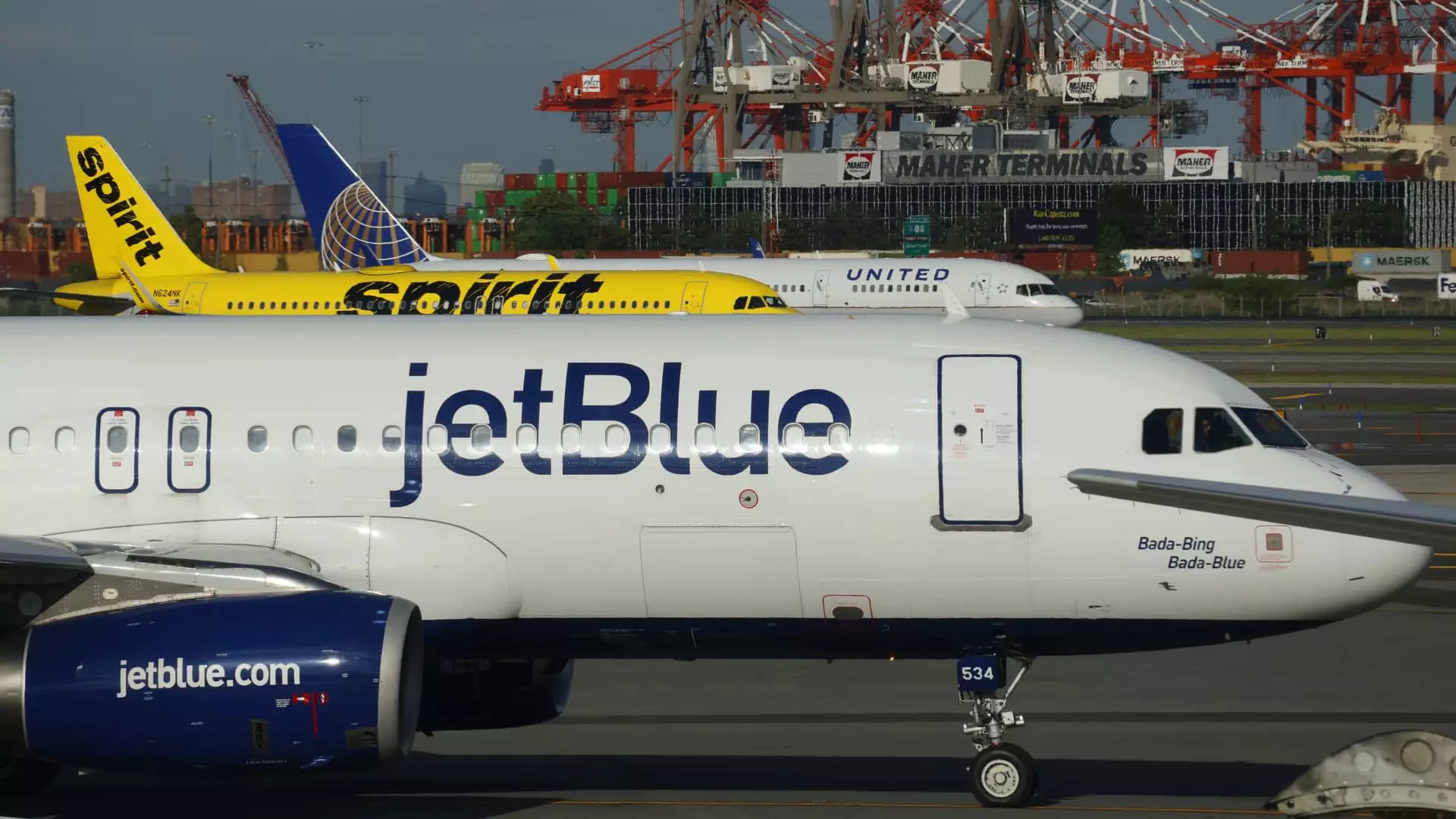The airline industry, which once was focused on expanding fleets and adding new jets to meet increasing demand, is now facing a significant shift in strategy. Cash-strapped low-cost and deep discounter airlines, such as Spirit Airlines, JetBlue Airways, and Frontier Airlines, are putting off spending billions of dollars on new aircraft. The primary reason behind this decision is to save money as they strive to return to steady profitability. The impact of engine repairs, coupled with the oversupply of flights and subsequent decrease in fares, has put pressure on carriers to reevaluate their growth plans.
People’s travel habits have changed over the past year with the pandemic affecting the industry significantly. Spirit Airlines, JetBlue Airways, and Frontier Airlines last posted annual profits in 2019, while larger carriers are slowly returning to profitability. However, the continued presence of lower prices on plane tickets has made it challenging for airlines to generate substantial revenue. For instance, Hopper estimates that “good deal” airfare for domestic U.S. flights in September is currently priced at $240 for a roundtrip, reflecting an 8% decrease from the previous year.
To cope with the financial strain, airlines like JetBlue and Frontier have decided to defer deliveries of new aircraft. For instance, JetBlue Airways plans to save about $3 billion by postponing the acquisition of 44 Airbus A321 airplanes until 2029. These airlines are also grappling with the grounded jets resulting from a Pratt & Whitney engine recall. This situation poses a dilemma for carriers as they need new planes for growth, but taking delivery of aircraft that end up sitting on the ground after they’ve paid for them worsens the financial burden.
Amidst all these challenges, the global airline industry is still facing an overall scarcity mindset, especially with the demand for new fuel-efficient planes. Lease rates for Airbus A320s and A321s, as well as Boeing 737 Max 8 aircraft, have hit record highs due to the limited availability of these models. While some airlines have opted for sale-leaseback arrangements to generate cash, major aircraft suppliers like Boeing and Airbus are struggling to keep up with the demand. Despite the deferrals from budget airlines, both Boeing and Airbus have a substantial number of unfilled orders in their queues.
Overcoming Financial Obstacles
The financial strain caused by delayed deliveries of new aircraft has forced airlines to reconsider their growth plans and mitigate cost pressures. For instance, Southwest Airlines has offered voluntary leave programs to its staff in light of overstaffing related to Boeing delivery delays. Executives across the industry are actively seeking opportunities to reduce expenses and navigate through the challenging landscape. While Boeing and Airbus continue to work on ramping up production to meet the market demand, airlines are cautiously evaluating their fleet plans and future growth strategies.
The airline industry’s current predicament reflects a broader challenge faced by companies across various sectors post-Covid. As carriers navigate through the financial impact of the pandemic, making strategic decisions regarding fleet expansion and cost-cutting measures is crucial for long-term sustainability. By deferring aircraft deliveries and reevaluating growth plans, airlines are adapting to the evolving market dynamics while striving to maintain profitability in a challenging environment.

